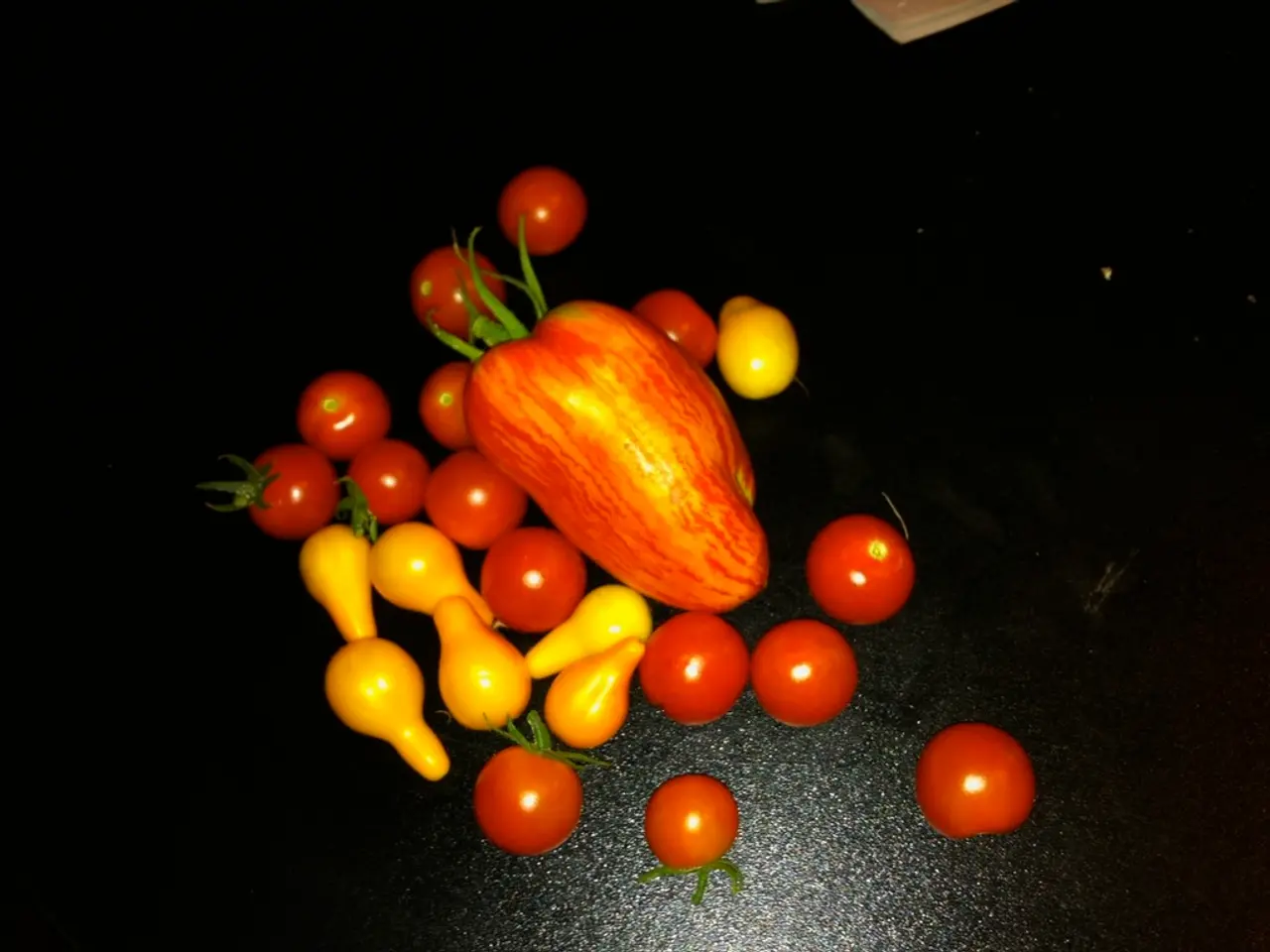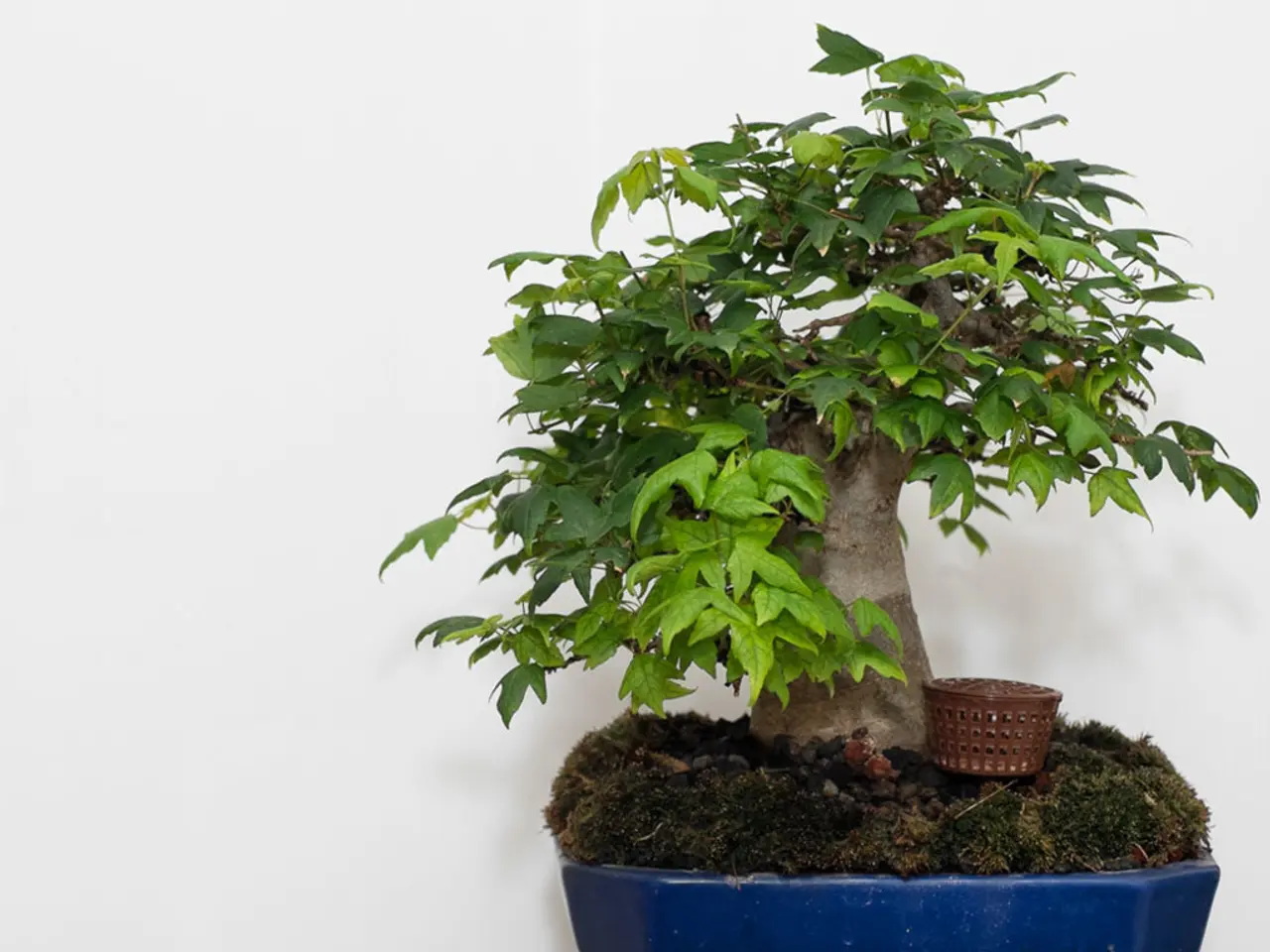Himalayan Gems: Wild Apricot (Chulli) Boosting Income for Upland Producers
In the high-altitude regions of Himachal Pradesh, a wild apricot known as Chulli is making waves. Native to Kinnaur, Spiti, Lahaul, and Chamba, this little-known fruit offers promising value-addition opportunities, cultivation advantages, and some challenges for farmers in the region.
Value-addition Opportunities
The tart, aromatic fruit of Chulli has been traditionally used for sun drying and making local drinks. This suggests potential for developing dried fruit products, preserves, juices, and fermented beverages that can target niche markets interested in natural, Himalayan-origin foods.
Scientific studies are beginning to explore Chulli's nutritional and aromatic qualities, providing scope for branding it as a healthful, specialty product to improve farmer incomes. As an underutilized wild fruit, Chulli can also be promoted for agroforestry and biodiversity conservation markets, where ecological sustainability adds to the product’s value.
Cultivation Tips
Chulli trees grow naturally at altitudes above 2,000 meters on rocky slopes and marginal farmland without the need for fertilizers or irrigation, demonstrating strong resilience and minimal input costs. They bloom naturally after winter cold breaks and bear fruit from May to August depending on altitude. Yield in the wild ranges from 35 to 75 kilograms per tree in good seasons, showing considerable productivity even without intensive care.
Farmers can encourage natural regeneration, prune trees to improve fruit quality, or plant saplings near homes to ease harvesting and management. Chulli fits well in agroforestry or natural orchard systems that integrate biodiversity and low external inputs.
Potential Challenges
The wild growth habit and self-reliance mean that commercial orchard-level management practices are not yet well developed, possibly limiting yield optimization and standardization. Market awareness and demand for Chulli products remain low outside local communities, requiring efforts in marketing, value-chain development, and product diversification to create scalable income opportunities.
Altitude-related climatic constraints (cold winters, short growing season) may challenge expansion beyond native zones but also ensure the fruit's distinctive qualities. Infrastructure for processing and preservation may need development to reduce post-harvest losses and enhance product shelf life.
In summary, Chulli fruit in Himachal Pradesh presents a resilient, low-input crop with valuable niche product potentials, particularly for dried fruits and traditional beverages. To benefit farmers, efforts should focus on improving pruning and orchard practices, developing market linkages, and investing in post-harvest processing to overcome challenges related to wild harvesting and market access.
Did you know? Chulli fruits are small, round, and offer a tart and aromatic taste. Chulli kernels contain over 45% oil, 28% protein, and a good amount of fiber and minerals. Collection of Chulli fruits across rugged terrain poses a challenge. With support from tribal boards, cooperatives, or agri-extension services, Chulli-based products can reach a wider consumer base.
Local communities produce cold-pressed Chulli oil, sometimes called "Gutti ka Tel", which fetches high retail value as a health or cosmetic product. Extracted Chulli oil brings higher market value, and local producers have obtained Geographical Indication (GI) status for Kinnauri Chulli oil. Oil extraction from Chulli seeds requires suitable equipment or services. Combining 25% Chulli pulp with 75% apple results in the best taste and color for jam. Chulli seeds and residual presscake can be used as animal feed or processed into protein concentrates.
- Developing dried fruit products, preserves, juices, and traditional beverages from the Chulli fruit could tap into niche markets interested in natural, Himalayan-origin foods, enhancing the lifestyle offerings of these markets.
- Home-and-garden enthusiasts can potentially incorporate Chulli trees into agroforestry or natural orchard systems, promoting biodiversity conservation and sustaining the unique fruit's wild growth habit while harvesting its yield.




